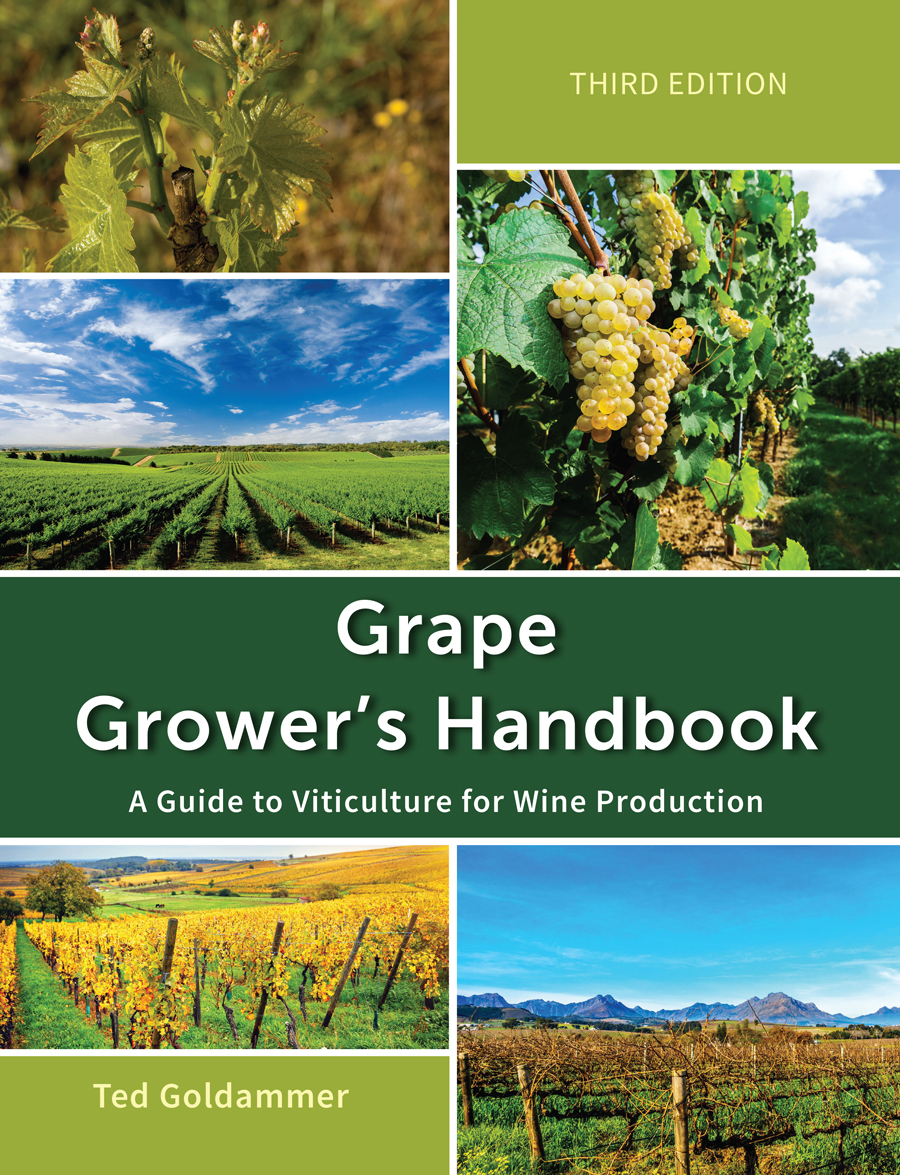Managing Vineyard Diseases
Fungal Pathogens
Botrytis Bunch Rot
Botrytis bunch rot, also known as gray mold, is caused by the fungus Botrytis cinerea, a ubiquitous fungus which usually attacks soft or succulent tissues, particularly those of floral parts or ripening fruit. Although berries of all grape varieties are susceptible to bunch rot, losses generally are greater on tight-clustered varieties of Vitis vinifera and French Hybrids.
Symptoms
Vegetative: The first symptoms of Botrytis bunch rot may be observed in early spring on buds and young shoots. Infected shoots and buds may turn brown and dry out. When young leaves are infected, the fungus usually grows from the edge of the leaf into the main veins producing a brown, V-shaped area of dead lesions (Emmett, 1992).
Fruit: Berries are susceptible to direct attack and are particularly susceptible to infection through wounds such as those caused by insects, hail, or rain. The first sign may be small brown spots on maturing berries or the skin may slip off easily when rubbed. Fruit infection usually begins in berries with 5 to 8 percent sugar (at véraison), with berries remaining susceptible up to harvest.
Disease Cycle
The fungus overwinters as sclerotia on debris on the vineyard floor and debris left on the vine during the previous growing season. Old cluster stems or mummified fruit are important sources of sclerotia. As soon as spring conditions are suitable, the sclerotia germinate producing conidia (spores) throughout the growing season, although their numbers appear to be greatest near bloom and after véraison.
Cultural Pest Control
Any practice that improves air circulation and thereby reduces humidity within the canopy is of significant benefit. Such practices include site selection to avoid fog pockets and heavily wooded areas; management of canopy densities through pruning, shoot positioning, and selectively removing leaves in the cluster zone immediately after fruit have set; and avoiding excessive nitrogen fertilization. Good canopy management involves removing four or five basal leaves (the leaves around the clusters) at berry set.
Biorational Pest Control
Microbials. Biofungicides are available to organic growers such as Trichodex, a formulation of the beneficial fungus Trichoderma harzianum; Serenade, a formulation of Bacillus subtilis; and Regalia, an extract from the plant Reynoutria sachalinensis.
Chemical Pest Control
Vangard (cyprodinil), Elevate (fenhexamid), Endura (boscalid), Scala (pyrimethanil), Vanguard (cyprodinil), Rovral (iprodione), Pristine (pyraclostrobin + boscalid), and Switch (cyprodinil + fludioxonil) are the fungicides of choice for control of Botrytis bunch rot. Scala and Vangard provide both protective and post-infection activity.
Applying Control Materials. Botrytis can be chemically controlled only with preventive treatments. The first application of a Botrytis protectant should be at fruit set when latent infections can occur. Fungicide applications are most important during bloom and immediately before bunch closure.
Click on the following topics for more information on managing vineyard diseases.

